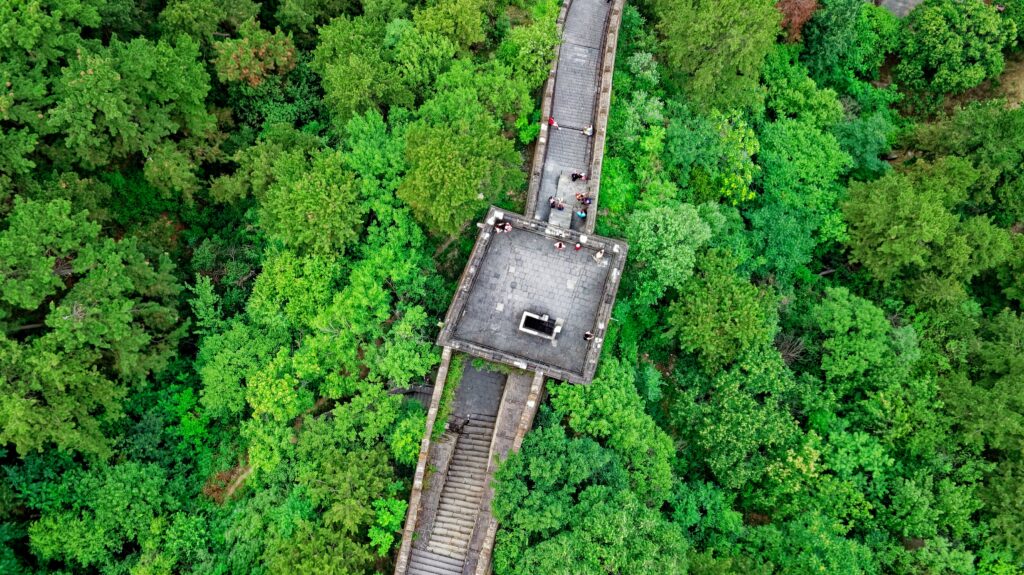In the realm of global geopolitics and economic development, China’s ambitious Belt and Road Initiative (BRI) stands as a colossal testament to its aspirations. Often dubbed as the “New Silk Road,” this massive infrastructure project has sparked both admiration and skepticism, with critics raising concerns about its potential to create a debt trap for developing nations. As we delve into the intricacies of this modern marvel, the question that looms large is whether the Great Wall of Asia is a bridge to prosperity or a highway to indebtedness for participating countries.
At its core, the Belt and Road Initiative aims to revive ancient trade routes by connecting Asia with Europe and Africa through a network of railways, highways, ports, and other critical infrastructure. Spearheaded by China, this initiative has garnered interest and participation from over 140 countries and international organizations. On the surface, it appears to be a visionary move that could stimulate economic growth, enhance connectivity, and foster international cooperation. However, beneath the surface lies a complex web of economic, geopolitical, and strategic considerations.
One of the main criticisms leveled against the BRI is the debt burden it imposes on participating nations. China’s financial prowess is the driving force behind the initiative, with the country providing loans and financing for infrastructure projects in developing countries. While these funds have enabled nations to embark on ambitious development projects, concerns arise when the debt becomes unsustainable, potentially leading to a loss of economic sovereignty.
Critics argue that China’s financing model often involves opaque terms and conditions, leading to a lack of transparency in debt agreements. This lack of clarity can result in nations signing onto projects without a full understanding of the financial implications, ultimately raising the specter of a debt trap. Sri Lanka’s Hambantota Port serves as a cautionary tale in this regard, as the country struggled to repay its debt to China, eventually ceding control of the strategically located port to its creditor.
However, proponents of the Belt and Road Initiative argue that the focus on debt is an oversimplification of a multifaceted initiative. They contend that the BRI is not just about economic gains but is a strategic move by China to secure geopolitical influence and strengthen diplomatic ties. By investing in the infrastructure of other nations, China aims to create a network of allies and trading partners, fostering a new era of globalization centered on Beijing.
Moreover, supporters assert that China has shown flexibility in renegotiating debt terms when countries face financial challenges. In some instances, China has restructured loans or extended repayment periods to alleviate the burden on debtor nations. This demonstrates a level of pragmatism that suggests China is not solely interested in creating debt dependencies but is open to fostering sustainable economic relationships.
While the debate over whether the Belt and Road Initiative is a boon or a bane for developing countries continues, it is crucial to recognize the agency and responsibility of the participating nations themselves. Nations must carefully assess the terms of agreements, negotiate from a position of strength, and ensure that the projects align with their long-term development goals.
In conclusion, the Great Wall of Asia, embodied by the Belt and Road Initiative, is a colossal undertaking that has the potential to reshape global economic dynamics. Whether it is a catalyst for prosperity or a debt trap hinges on the collaboration, transparency, and foresight exercised by all parties involved. As the initiative continues to evolve, the world watches with bated breath to discern whether this modern Silk Road will be remembered as a testament to international cooperation or a cautionary tale of debt-laden ambitions.










